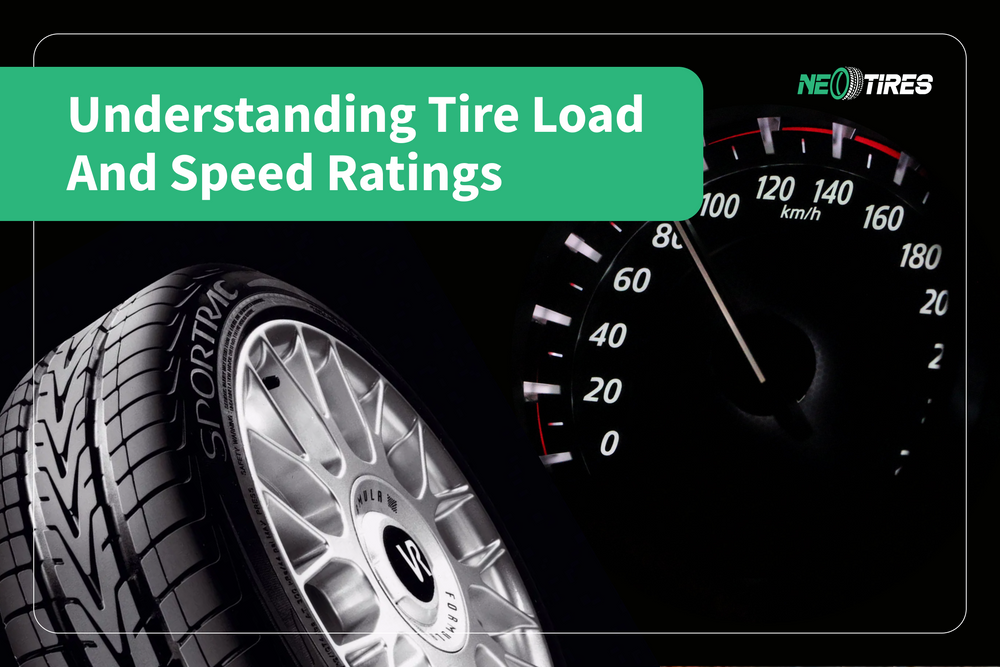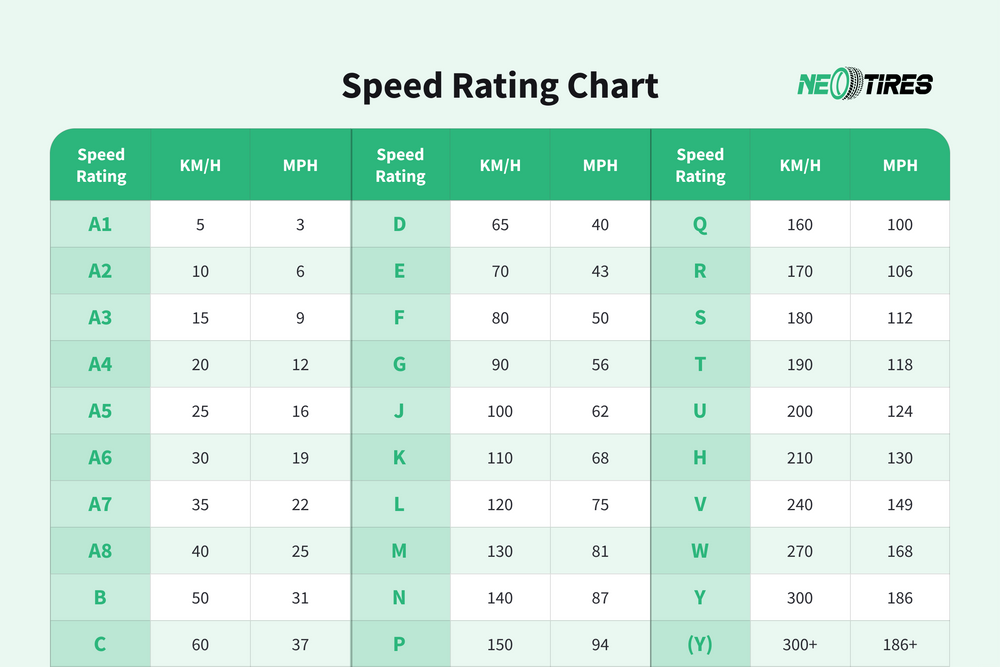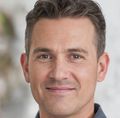The Tire Load Rating shows how much weight a tire can safely hold when it has the right amount of air (like when you fill it up at the gas station). The Tire Speed Rating tells you how fast you can drive before the tire might not work as well due to things like heat and friction.
Tire Load Index
The Tire Load Index is a number you can find on the sidewall of your tire. Think of it like a code - it's usually a number between 75 and 150. This number tells you how many pounds or kilograms the tire can safely carry when it's filled with the right amount of air.
Tire Load Index Chart
The tire load rating chart is a table that shows two important things:
1. The Load Index Numbers (from 0 to 150)
2. How much weight each number means the tire can carry (shown in pounds or kilograms)
Here's a real example: Let's say you look at your tire and see "225/40 R 18 94 Y". The number "94" is your tire's Load rating. When you look this up on the chart, it means your tire can carry 1,477 pounds. Since cars have four tires, multiply this by 4, and you'll see that all four tires together can carry 5,908 pounds total.
Learn more about Tire E Load Rating | Comprehensive Guide to know more about tire load ratings.
| Index | Load (lbs) | Index | Load (lbs) | Index | Load (lbs) | Index | Load (lbs) |
| 75 | 852 | 94 | 1477 | 113 | 2535 | 132 | 4409 |
| 76 | 882 | 95 | 1521 | 114 | 2601 | 133 | 4541 |
| 77 | 908 | 96 | 1565 | 115 | 2679 | 134 | 4674 |
| 78 | 937 | 97 | 1609 | 116 | 2756 | 135 | 4806 |
| 79 | 963 | 98 | 1653 | 117 | 2833 | 136 | 4938 |
| 80 | 992 | 99 | 1709 | 118 | 2910 | 137 | 5071 |
| 81 | 1019 | 100 | 1764 | 119 | 2998 | 138 | 5203 |
| 82 | 1047 | 101 | 1819 | 120 | 3086 | 139 | 5357 |
| 83 | 1074 | 102 | 1874 | 121 | 3197 | 140 | 5512 |
| 84 | 1102 | 103 | 1929 | 122 | 3307 | 141 | 5677 |
| 85 | 1135 | 104 | 1984 | 123 | 3417 | 142 | 5842 |
| 86 | 1168 | 105 | 2039 | 124 | 3527 | 143 | 6008 |
| 87 | 1201 | 106 | 2094 | 125 | 3638 | 144 | 6173 |
| 88 | 1235 | 107 | 2149 | 126 | 3748 | 145 | 6393 |
| 89 | 1279 | 108 | 2205 | 127 | 3858 | 146 | 6614 |
| 90 | 1323 | 109 | 2271 | 128 | 3968 | 147 | 6779 |
| 91 | 1356 | 110 | 2337 | 129 | 4079 | 148 | 6844 |
| 92 | 1389 | 111 | 2403 | 130 | 4189 | 149 | 7165 |
| 93 | 1433 | 112 | 2469 | 131 | 4289 | 150 | 7385 |
Tab. 1. Tire load Index Chart
Tire Speed Rating
The Tire Speed Rating tells you how fast you can safely drive with your tires before things like heat and road friction start causing problems. It's shown as a letter (from A to Z) that you can find on the side of your tire.
Learn about tire speed ratings in our video explanation: Tire Speed Ratings Explained | Video Guide.
Speed Rating Chart
The tire speed rating chart is a special code chart that matches letters to speeds:
- Each letter (A through Z) means a different maximum speed
- The chart shows you exactly how fast (in miles per hour or kilometers per hour) you can go with each letter
Here's an example: Look at your tire and find the marking similar to "225/40 R 18 94 Y". The letter "Y" at the end is your Speed Rating. When you look up "Y" on the chart, it means your tire is safe to drive up to 186 miles per hour. (But remember, always follow the speed limits on the road!)
| Speed Symbol | Speed (mph) | Speed Symbol | Speed (mph) | Speed Symbol | Speed (mph) |
| A1 | 3 | D | 40 | Q | 99 |
| A2 | 6 | E | 43 | R | 106 |
| A3 | 9 | F | 50 | S | 112 |
| A4 | 12 | G | 56 | T | 118 |
| A5 | 16 | J | 62 | U | 124 |
| A6 | 19 | K | 68 | H | 130 |
| A7 | 22 | L | 75 | V | 149 |
| A8 | 25 | M | 81 | W* | 168 |
| B | 31 | N | 87 | Y* | 186 |
| C | 37 | P | 93 | (Y)* | Above 186 |
Tab.2. Tire Speed Rating Chart. *The ZR symbol may appear instead of W or Y in the size designation for tires having a maximum speed capability above 149 mph. The ZR designation including the (Y) speed symbol must appear on the tire sidewall for tires capable of withstanding over 186 mph.
Ready To Find The Right Tires For Your Needs?
Now that you know more about tire load and speed ratings, you are ready to make a smart choice for your vehicle. Need help in choosing the right tire type for your needs? NeoTires assistants are right here to answer your questions and guide you through a smooth and easy buying process!
Drive safe and choose your tires wisely!







